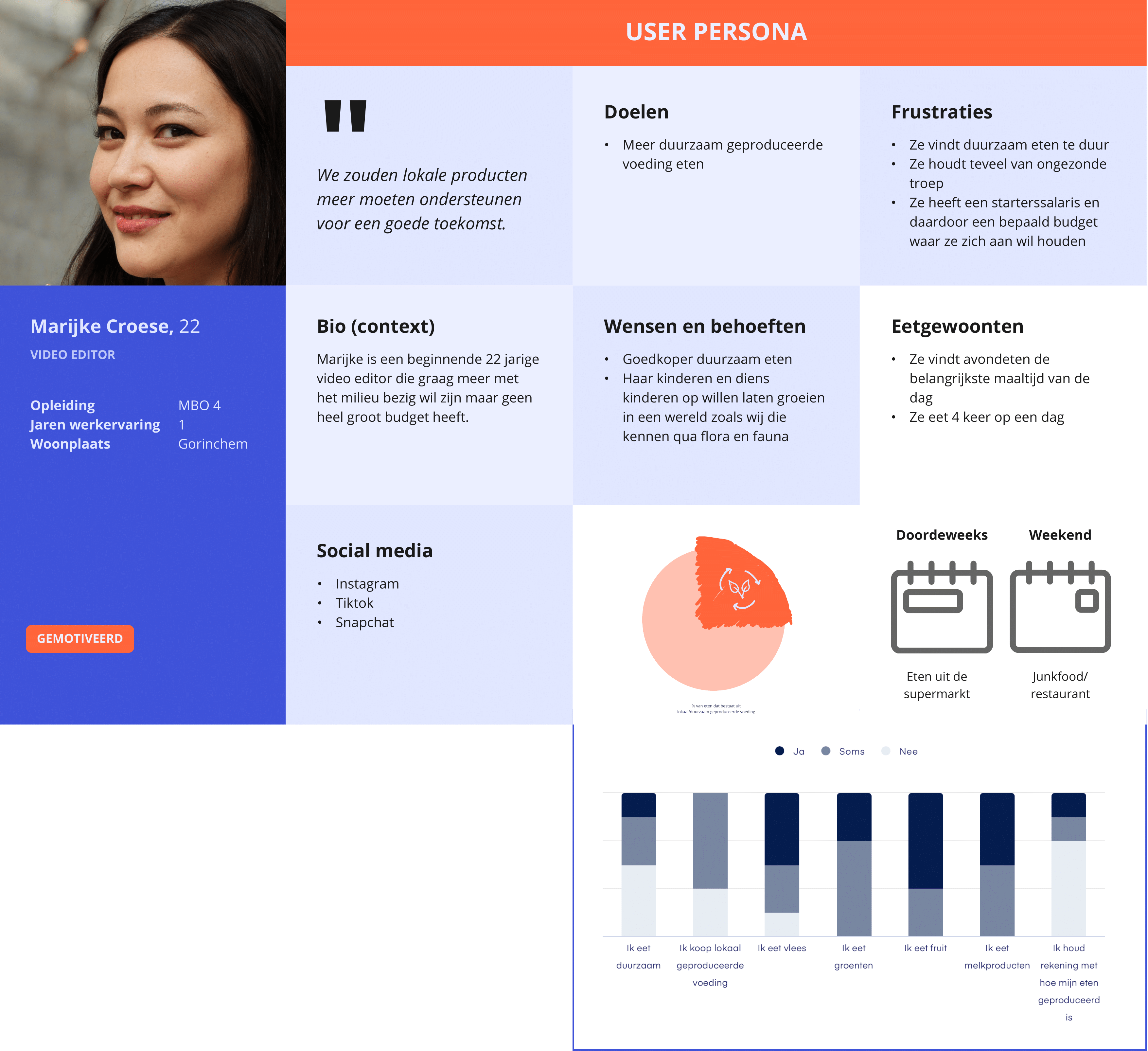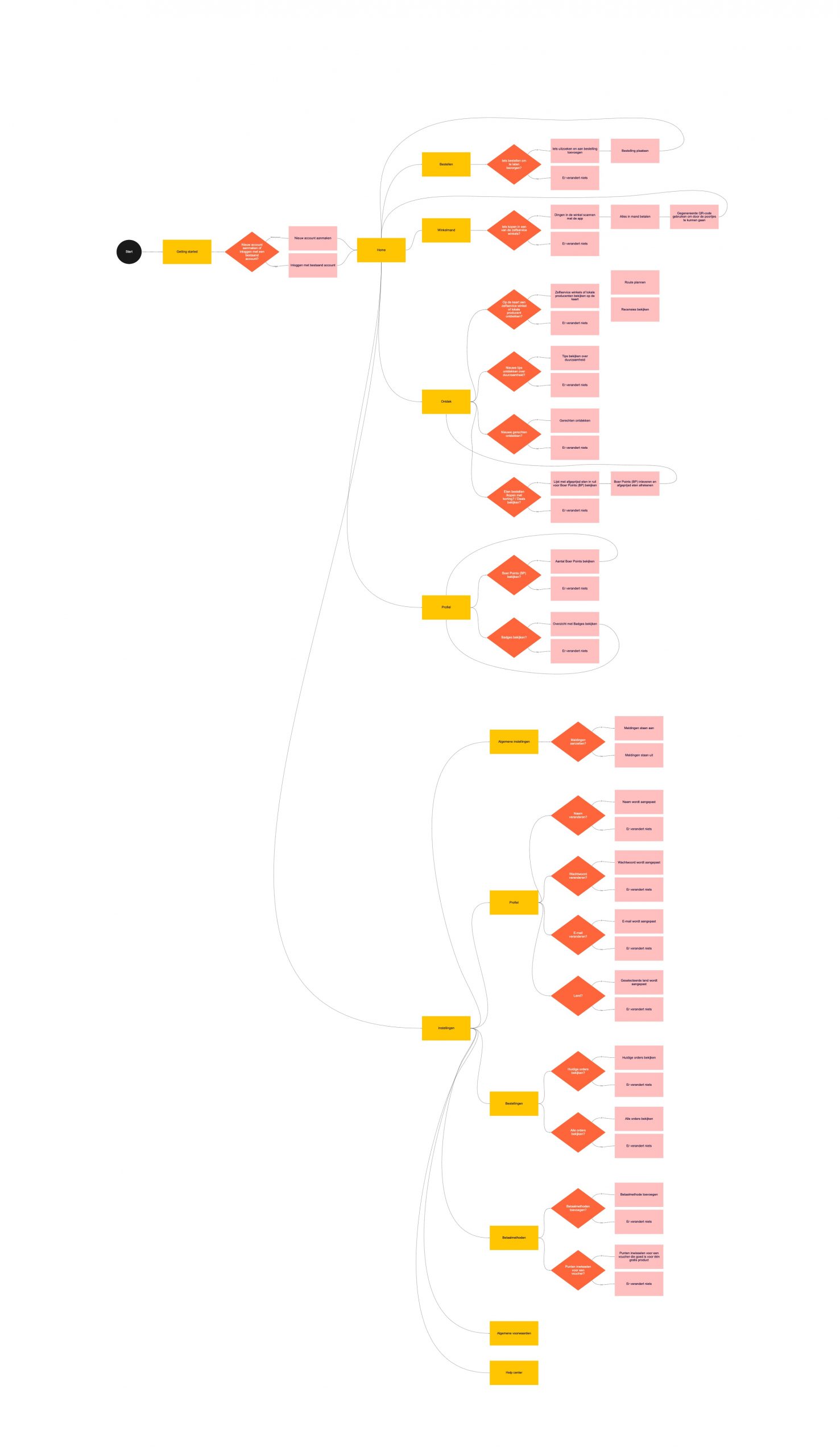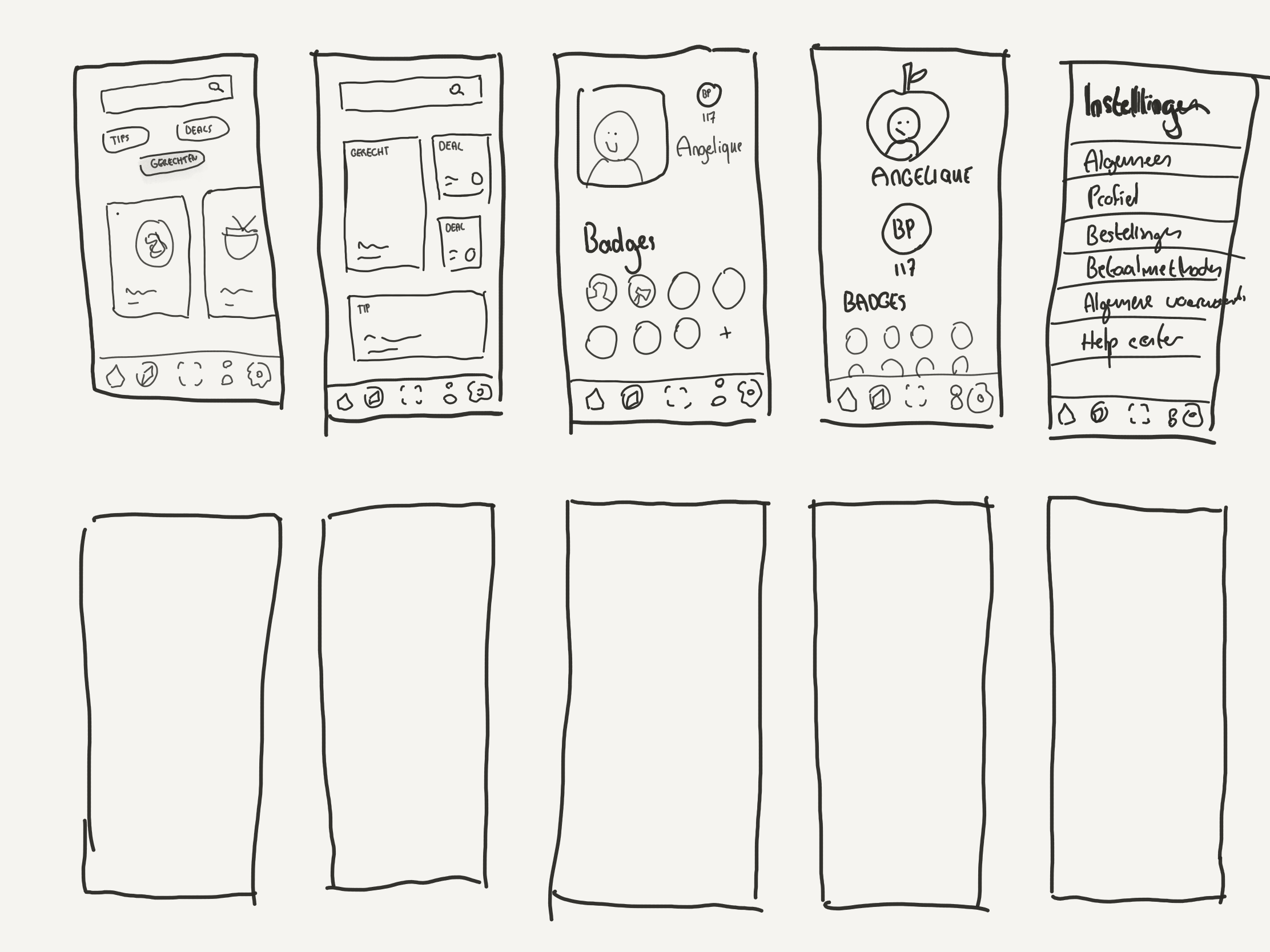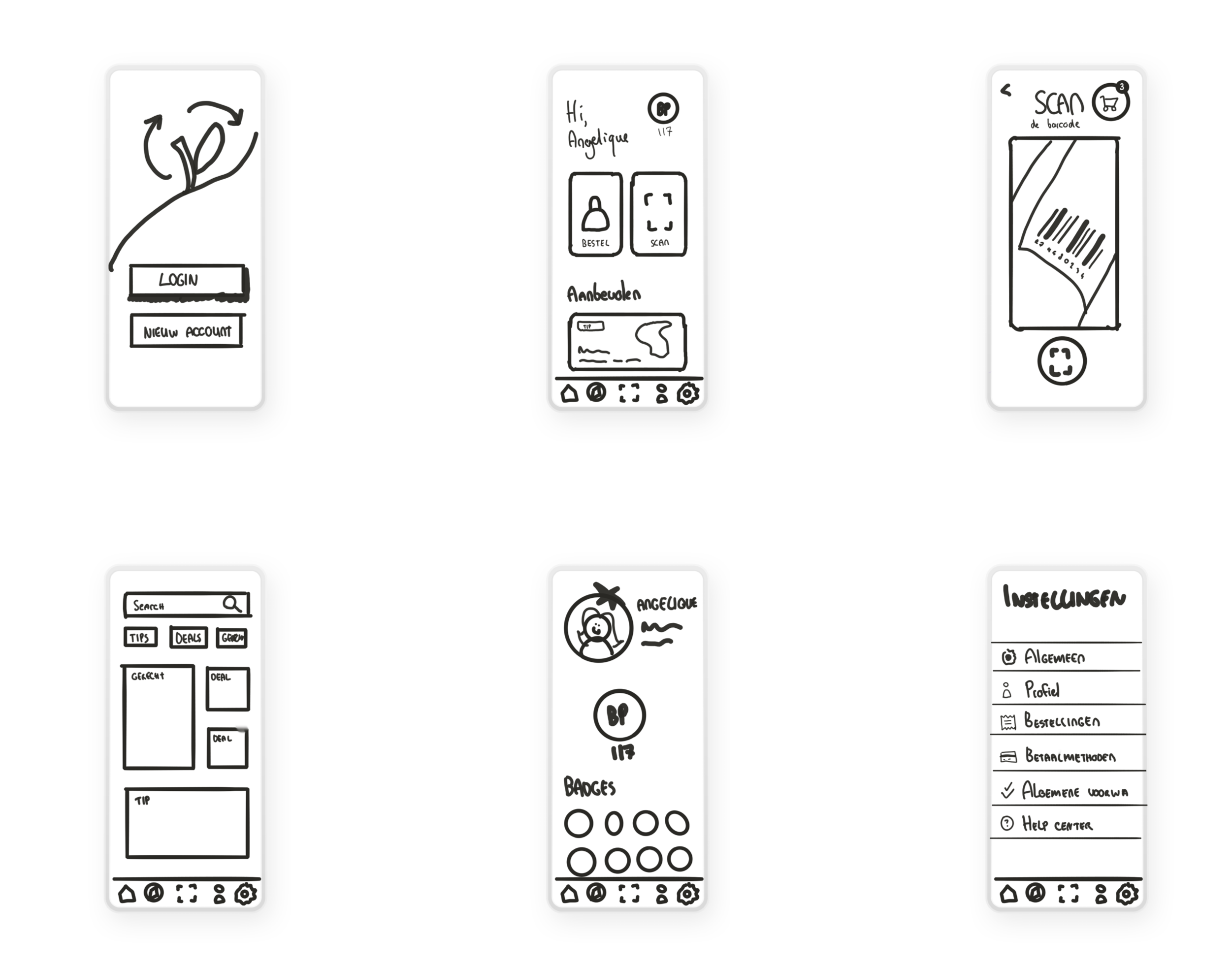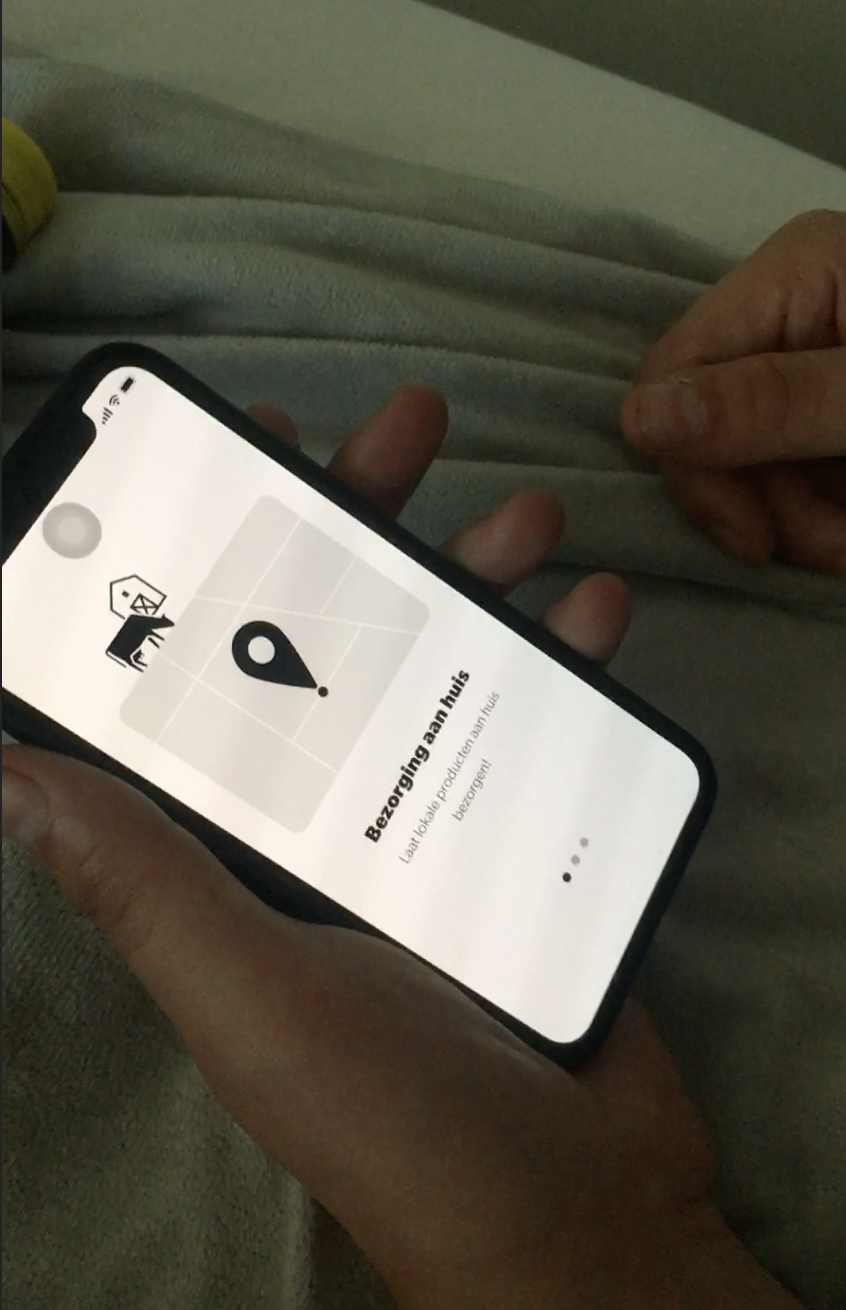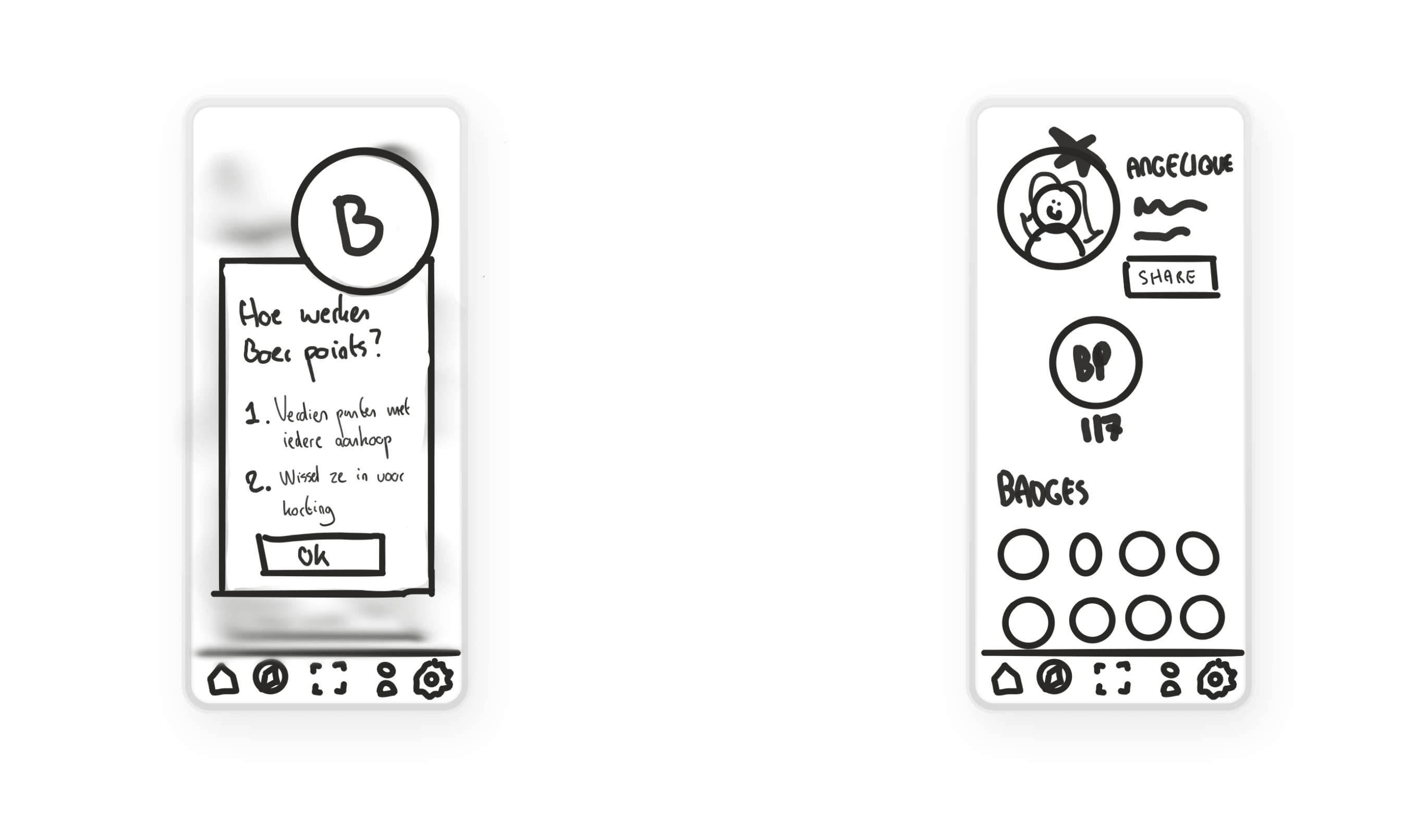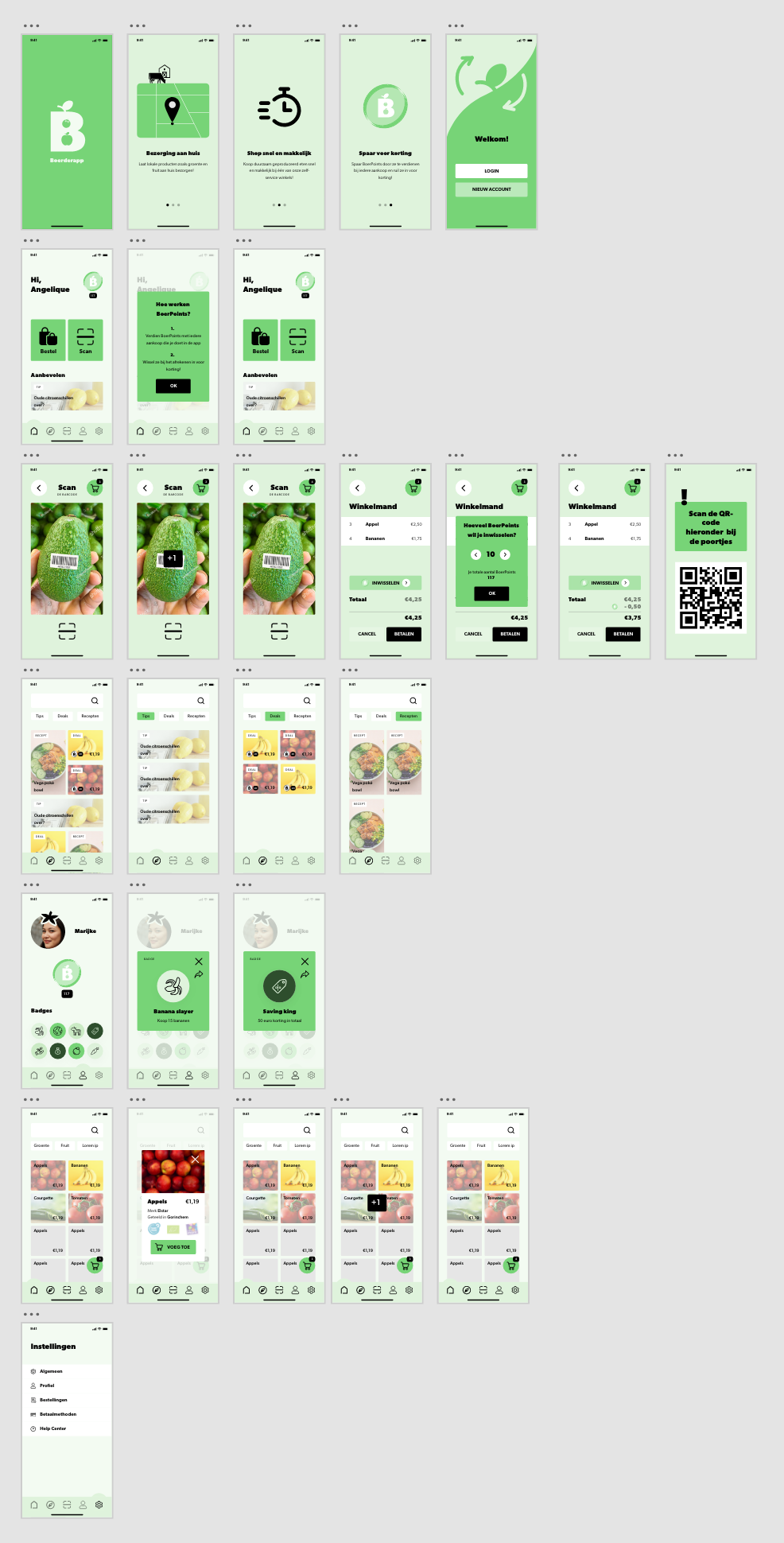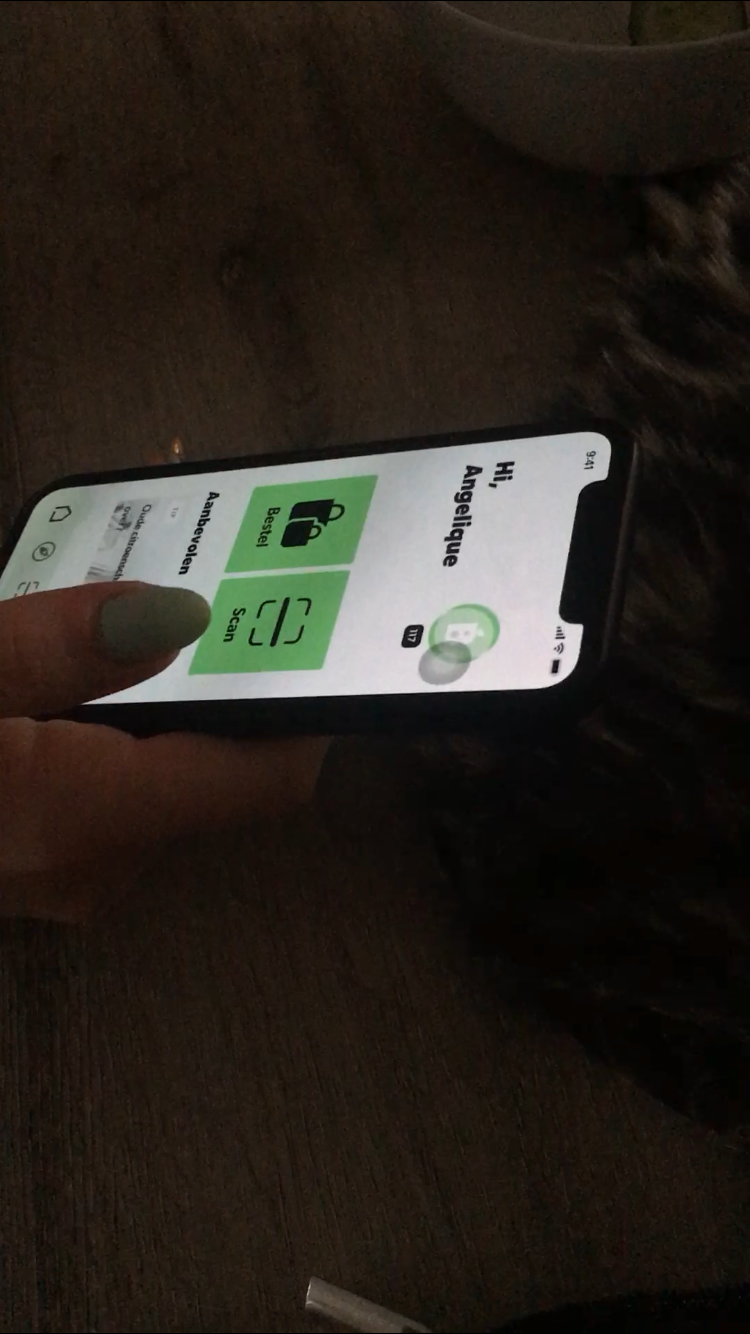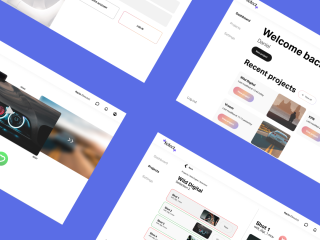Challenge
Client
The client, knowledge center Creating 010, conducts research into social transformations associated with digitization and developments in information and communication technology.
Target audience
Dutch starters on the jobmarket between the ages of 20 and 30
Assignment and context
The corona crisis exposed how vulnerable we are due to the loss of foreign demand, the erected international trade barriers and hamster-shortages within the Netherlands. The assignment was therefore to find out how you can make locally and sustainably produced food accessible and attractive.
Problems: starters on the labor market often find it too expensive, have a certain budget, and do not find it attractive enough to pay that price.
That’s why I reframed the assignment to: “How can you create more awareness and motivation among Dutch starters on the jobmarket between 20 and 30 years old to ensure that they find it worthwhile to buy more sustainably produced food?”
Process
Prepare
At this stage I have prepared well for my project and involved the target audience in coming up with an idea and learned a lot about their needs and frustrations. An important insight I have gained from this is that they often find sustainable food too expensive, they don’t have a big budget with their starting salary and think that unhealthy and unsustainably produced food is more attractive. They also often do not have a lot of knowledge about sustainable products and therefore prefer to choose products that they already know, which are often unhealthy and unsustainable products.
Iteration 1: Create
In this phase I tested my concept with the target group, used card sorting to find out which pages and elements the target group wants to see in the app and made a flowchart to create a clear hierarchy in the app. Based on that, I made wireframes and a lo-fid prototype so that I could test it with the target group in the next phase. I gathered from the target group that the concept appeals to them and that I have suited it well to their needs and wishes. They would eat sustainably more often if they had useful tips and recipes about it, because this way they can also make it tasty themselves by means of fun recipes.
Iteration 1: Test
In this phase I tested my low-fidelity prototype with the target group to see if it matched their wishes and whether it was a solution for my design question. What I learned about the target audience is that they understand the navigation through the prototype. I now had answers to my questions: ‘Is this functional?’ – yes, they thought it worked well and very well-organized – and ‘Does the user understand the navigation?’ – yes, they could find everything immediately and also found the hierarchy logical, also because they themselves had influence on this.
Iteration 2: Create
With the things I concluded from testing my lo-fid prototype in iteration 1, I continued in this iteration with the points I want to address, which is to clarify how you earn points in the app and optimizing the design so that I then had a prototype that I could test with the target group to find out whether the complete experience also meets their wishes and if it would also motivate them to buy and eat sustainably produced food more often.
Iteration 2: Test
In this phase I tested my prototype with the target group to see whether the complete experience also meets their wishes and if it would also motivate them to buy and eat sustainably produced food more often. Prior to that, I made a test plan to be able to perform the most effective test possible.
What I learned about the target group is that they found the experience to be pleasant, that they were also enthusiastic about my concept in practice because everything functioned properly and they could find everything easily. I now know what they liked best about the prototype, which is that everything is so easy to find and everything works well.
Deliver
In this last phase everything comes to a conclusion. With all the methods, tools and deliverables of the past few weeks I was able to create a clear concept that I translated into a concept video, which was shown to the client. This gave the client a good idea of the problem that I had chosen, its context and the solution to it.


Key insights
→ Starters on the labor market often opt for unhealthier alternatives due to personal preference and small budget
→ They get satisfaction from saving for a discount
→ Tips and recipes make them realize how they can make sustainable food tasty themselves
Results
In this app, Dutch starters on the labor market between 20 and 30 years old can order sustainable food and have it delivered to their home. There are also small self-service shops scattered throughout major cities (Rotterdam, Utrecht, Amsterdam, The Hague, etc.) where they can buy sustainable food and scan and pay in the app. Your order will be delivered by bike (also to limit CO2 emissions), from a local producer or a self-service store in the area.
You can also collect points in the app: with every purchase, depending on the price, you earn points. With enough points you will reach the next ’tier’, for which you will receive a reward: a voucher that you can exchange for one free product. You can also use the points you earn at any time at ‘Deals’ for a discount or when ordering or paying for products in self-service stores.
This app makes it more attractive for them to buy sustainable food, because the process of buying it is simplified and because they can get a discount and can therefore buy sustainable food for a lower price.
They will also gain more insight into how their food is produced by means of a short explanation about the product itself, when they add this product to their shopping cart.


